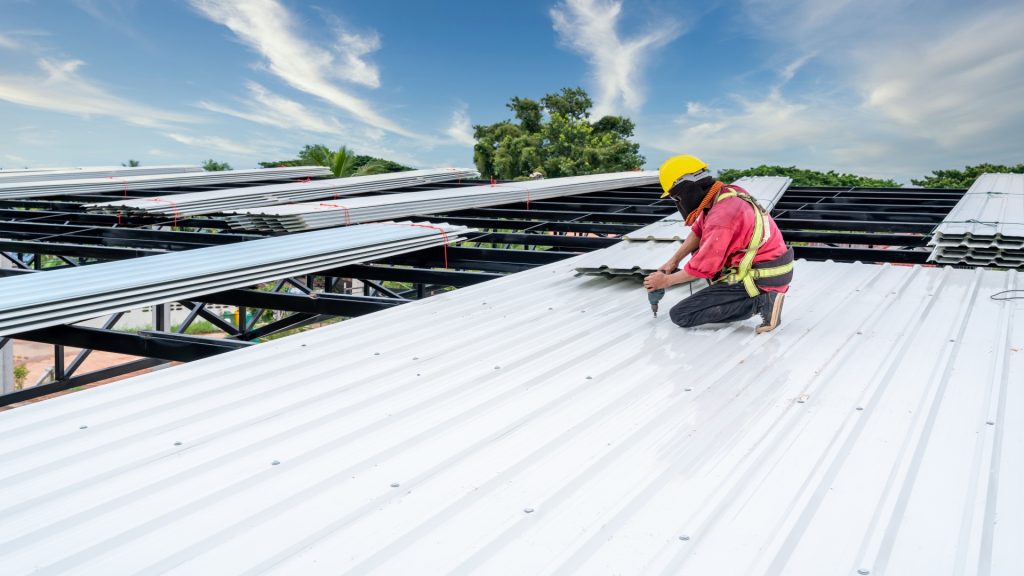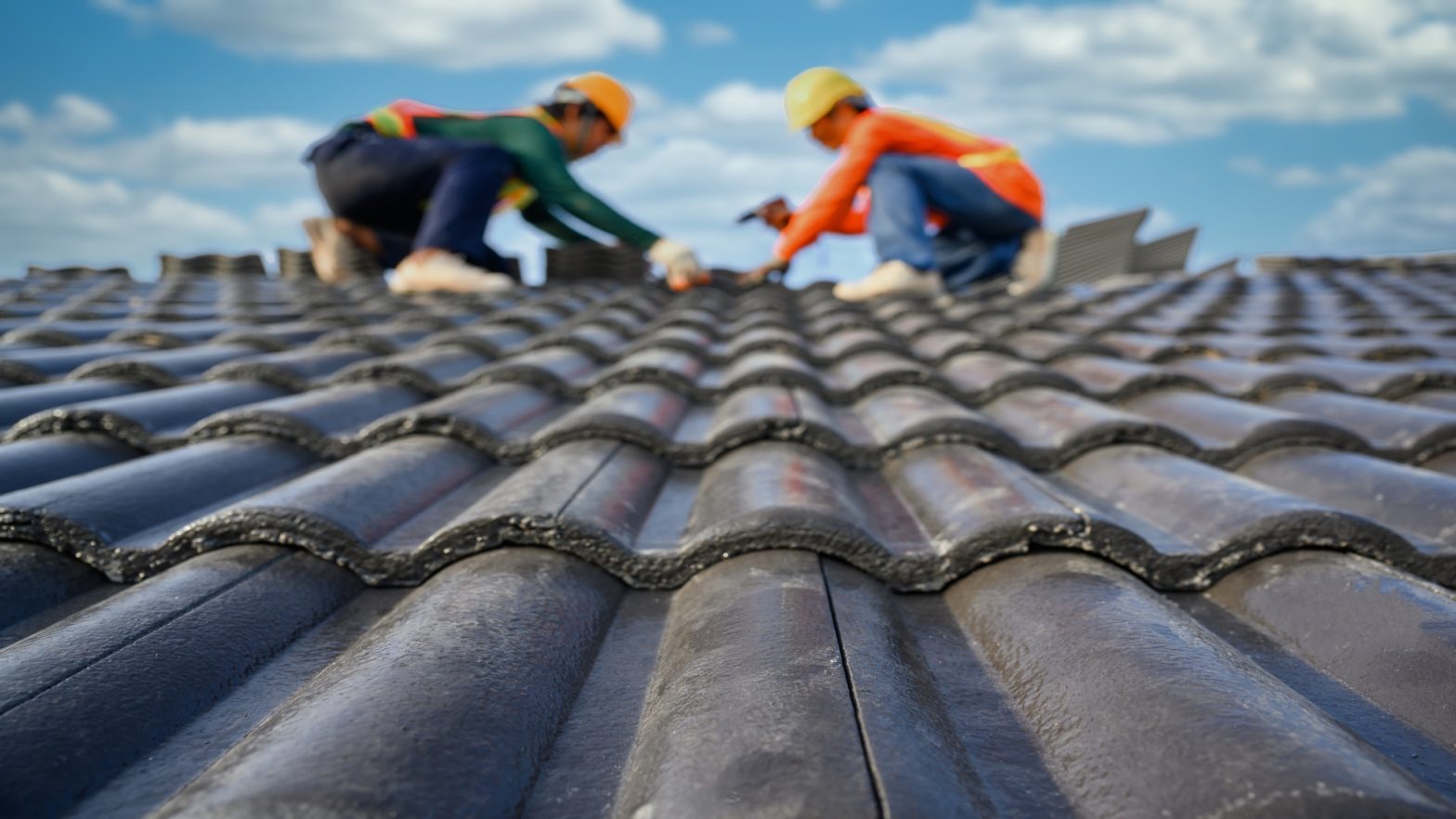When embarking on a roofing project, homeowners and developers decide to select the most suitable materials for their needs and environment. The choice of roofing materials can profoundly affect a property’s cost, durability, energy efficiency, and aesthetic appeal. This discussion explores various roofing materials, comparing their advantages and disadvantages, and elucidates why metal roofing is a standout option for numerous applications.
The Case for Metal Roofing
Metal roofing has become popular as homeowners increasingly seek sustainable and durable roofing solutions. This section explores the compelling reasons behind the choice of metal roofing.
- Durability and Longevity: One of the most compelling arguments for metal roofing is its exceptional durability and longevity. Unlike asphalt shingles that might need replacement every 20 to 30 years, metal roofs can last 50 years or more with minimal maintenance. Despite the higher initial cost, this remarkable lifespan makes them an economically wise choice over time. A metal roofing contractor in Madison or similar professionals in other areas can provide insights into the benefits of metal roofing for different climates and environments.
- Environmental Impact: The environmental advantages of metal roofing are twofold. Firstly, metal roofs are often made from recycled materials; at the end of their long life, they are 100% recyclable. This reduces the need for new raw materials and minimizes the environmental footprint. Secondly, their energy efficiency contributes to decreased energy consumption, which benefits the environment.
- Versatility in Design: Metal roofing is not only functional but also versatile in design. It is available in a wide range of colors, finishes, and profiles that can mimic the appearance of traditional roofing materials like tiles, shingles, or wood shakes. This versatility allows homeowners to achieve the desired look for their property without compromising durability or energy efficiency.
- Weather Resistance: Metal roofs withstand various weather conditions, including heavy rain, snow, hail, and high winds. Their interlocking panels provide superior resistance to wind uplift, and their smooth surface helps in shedding snow and ice more effectively than other roofing materials. Moreover, metal roofs are non-combustible, offering added protection against fire.
- Maintenance and Installation: Though the initial cost of metal roofing is higher than some alternatives, the long-term savings on maintenance and replacement costs are significant. Metal roofs require minimal upkeep, primarily involving regular inspections and cleaning to ensure debris does not accumulate. As for installation, while it is more complex than installing some other roofing types, the expertise of a skilled installer ensures a quick and efficient process, often resulting in a faster overall project timeline compared to heavier materials like slate or tile.
- Adaptability to Architectural Styles: Metal roofing’s versatility extends beyond just its functional benefits; it also offers a wide range of design options that can complement any architectural style. Whether the goal is to achieve a sleek, contemporary look or to preserve the classic charm of a historic renovation, metal roofing can be customized to meet these aesthetic goals. Its ability to mimic other materials allows creative design solutions without sacrificing performance.
- Challenges and Considerations: Despite the numerous benefits, metal roofing has its challenges. The initial investment is higher than that of asphalt shingles, which can be a deterrent for some homeowners. Metal roofs can be noisier during rain or hail events unless properly insulated. It’s also important to ensure proper installation by experienced professionals to avoid expansion, contraction, and water leakage issues.
Variety of Roofing Materials
The roofing industry offers a plethora of materials, each with its unique set of characteristics. Common options include asphalt shingles, clay or concrete tiles, wood shakes, slate, and metal.
Asphalt shingles are widely appreciated for their cost-effectiveness and ease of installation, making them a go-to choice for many. Clay and concrete tiles offer a distinctive aesthetic appeal, especially in regions with a Mediterranean or Spanish architectural influence.
Wood shakes add a natural, rustic look to homes but require more maintenance than most other materials. With its superior durability and longevity, slate represents the premium segment of roofing materials, albeit at a higher cost.
Final Thoughts
In comparing roofing materials, it becomes evident that while each option has its advantages, metal roofing stands out for its durability, energy efficiency, environmental benefits, and versatility. The initial cost of metal roofing is offset by its long lifespan and low maintenance requirements, making it an economically sound choice over time.
Homeowners considering a new roofing project should weigh these factors carefully, considering their specific needs, climate, and aesthetic preferences. With its array of benefits, metal roofing presents a compelling case for those seeking a reliable, efficient, and sustainable roofing solution.
































